Hyena Nam
Where do you live: USA
Your education: MFA in Visual Communication
Describe your art in three words: Conceptual, Narrative, Timeless
Your discipline: Graphic Design
Website
What inspired you to create the “Motherhood” and “The Melody of Healing” posters?
For the Motherhood poster series, the visual direction was inspired by the paintings of Mary Cassatt, renowned for her tender and intimate portrayals of mothers and children. As a mother to a 16-year-old son, the theme holds deep emotional significance for me and invites personal reflection. I first encountered Cassatt’s work during a museum visit, where I was deeply moved by the serene, nurturing, and elegant atmosphere of her pieces. I purchased postcards of her artwork, which later became part of my personal collection and served as both artistic and emotional references throughout the creative process.
For The Melody of Healing poster, I wanted to express the importance of love and forgiveness as daily reminders in our lives. I spent time reflecting on these concepts and how they could be visually represented in a way that resonates with others. One quote that particularly inspires me is, “When you forgive, you get healed.” I believe that forgiveness is rooted in love, and that love, in turn, leads to healing. To communicate this message, I created a visual metaphor: a man playing the cello, from which the words “Love” and “Forgiveness” flow like music. I see music as a powerful form of healing, and the cello player serves as a symbolic figure of emotional and spiritual restoration
The typography is designed to move fluidly, echoing the rhythm of musical notes, and reinforcing the idea that love and forgiveness are like healing energies.
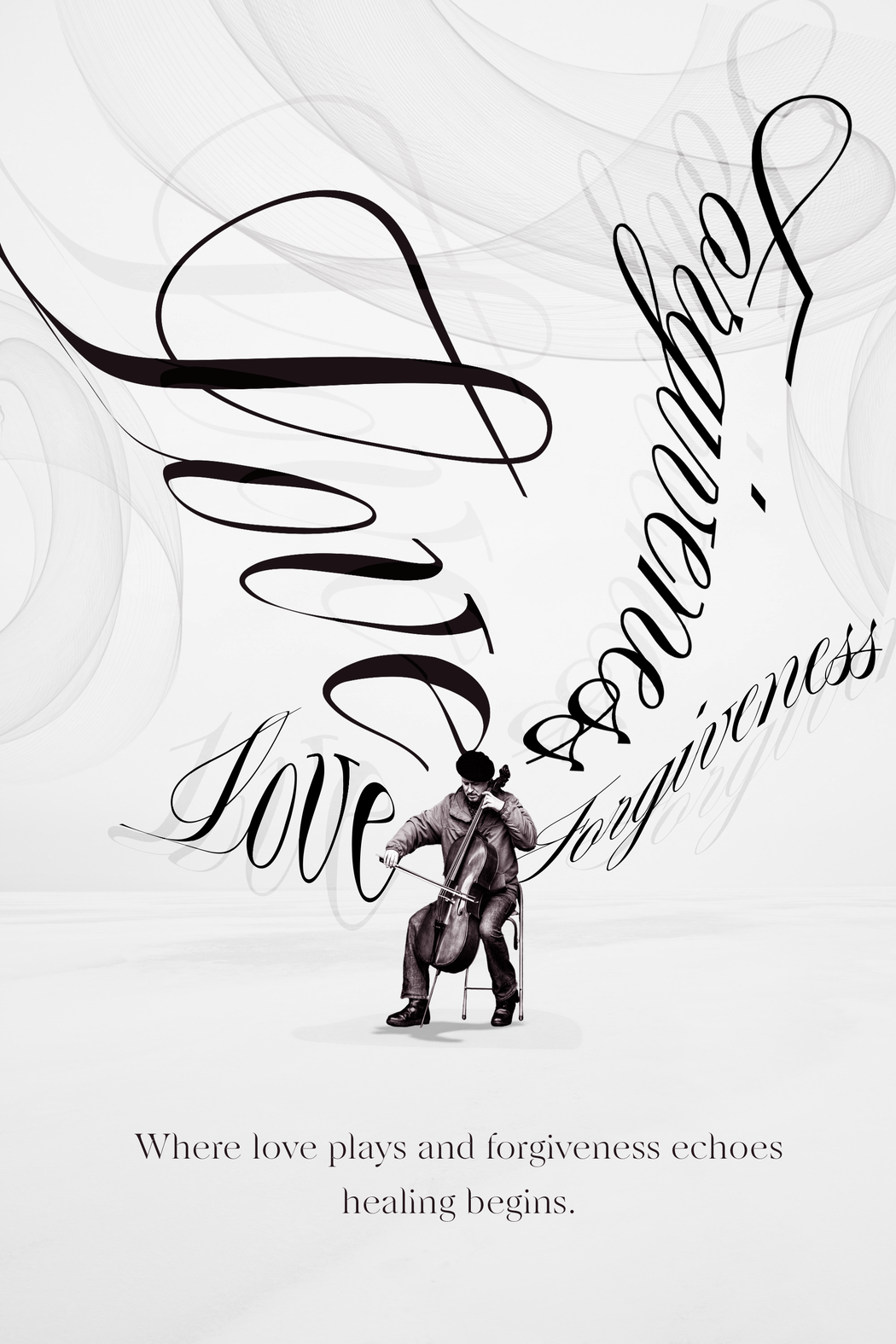 Hyena Nam | The Melody Of Healing | 2025
Hyena Nam | The Melody Of Healing | 2025
How do personal experiences as a mother influence your design work?
As a mother, my son is always a priority in my life. I try to put myself in his shoes so I can relate to him, understand him, and stay emotionally aware. This allows me to fully sense his needs and emotions. These experiences have shaped the way I approach both design and the creative process, especially when working with clients.
When I collaborate with clients, my first step is always to understand their challenges and goals as clearly as possible, and then to create thoughtful visual solutions that address those needs. Motherhood has taught me to be more empathetic, attentive, and understanding, qualities that are essential to how I work as a designer with clients and other professionals.
I see design as an ongoing, iterative process that requires time, care, and reflection. It often involves multiple versions and thoughtful decision-making to reach the best outcome. In that sense, my experience as a mother has helped me become more patient and dedicated in my design practice.
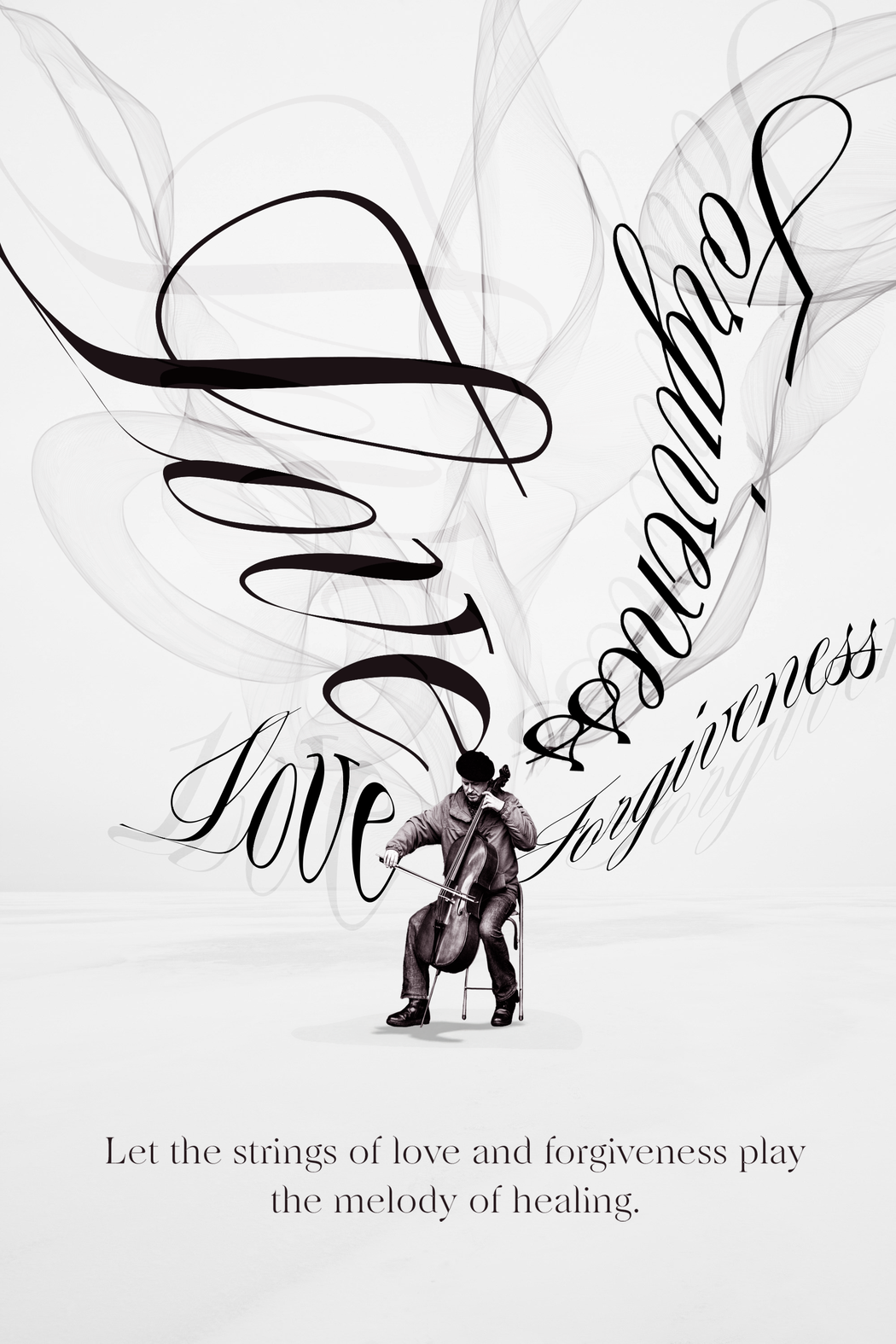 Hyena Nam | The Melody Of Healing | 2025
Hyena Nam | The Melody Of Healing | 2025
Your work beautifully integrates visual storytelling with emotional depth. How do you approach translating abstract concepts like love, healing, and protection into visual form?
I firmly believe that visual communication has the power to influence how people perceive and respond to the world around them. This belief drives both my creative practice and scholarly work, which focus on developing visual communication strategies that make abstract or complex ideas more accessible and emotionally resonant.
When translating abstract concepts into visual storytelling, I begin with in-depth research to explore visual expressions that are universally recognizable and relatable. I then reinterpret these ideas through my own artistic lens to create work that feels both personal and innovative.
For example, when I set out to express the themes of love and healing through the metaphor of music, I conducted extensive research on visual elements that represent music and how they could be integrated with typography. I explored various types of waveforms, pattern designs, musical notes, and graphics, and then selectively chose the final design elements that effectively conveyed the visual concept.
For me, starting with thorough research is essential. It allows me to gather and refine diverse ideas into a unified design solution that bridges the gap between abstract concepts and meaningful visual storytelling.
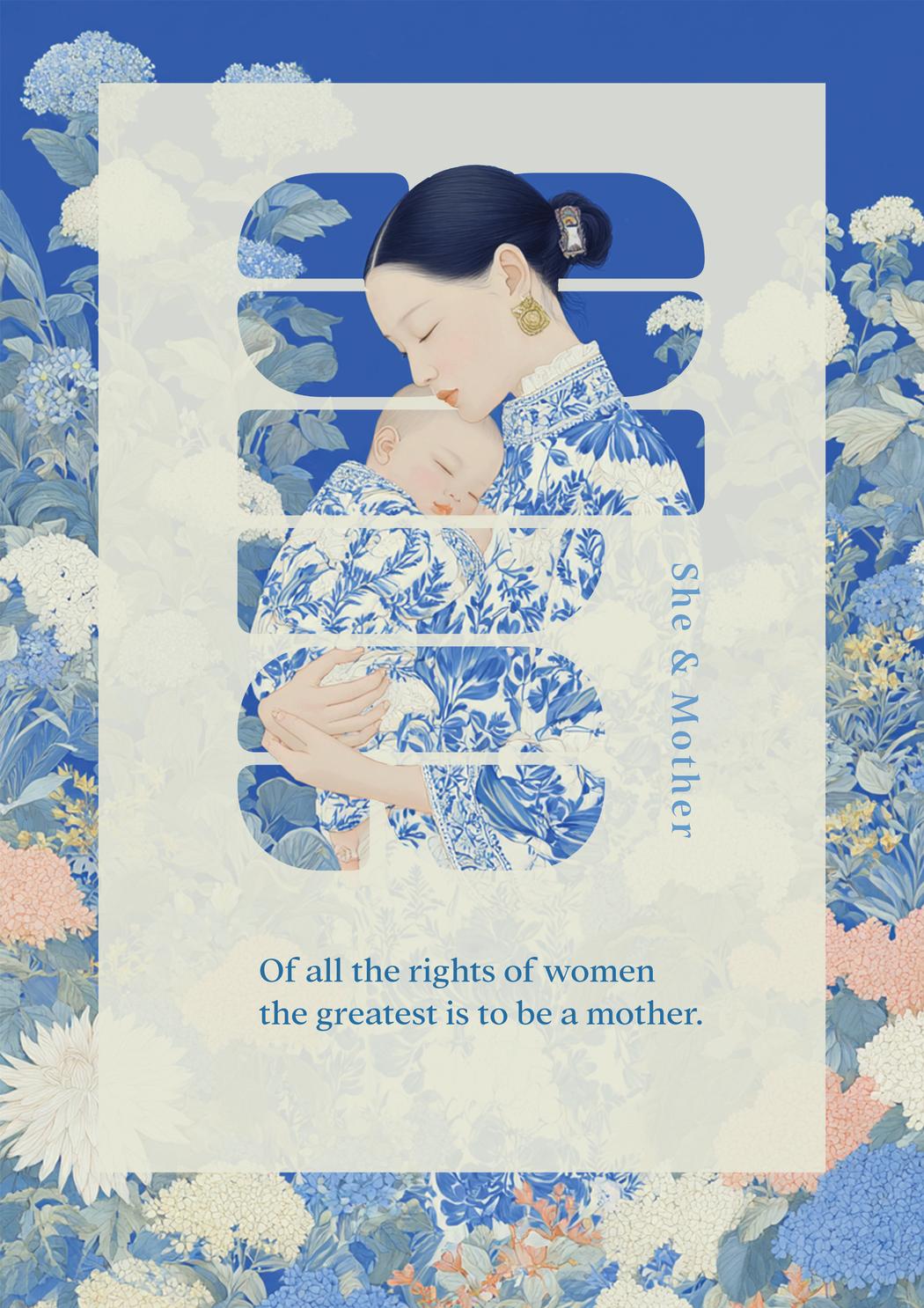 Hyena Nam | Motherhood | 2025
Hyena Nam | Motherhood | 2025
How does your cultural background influence your design style and thematic choices?
I was born in South Korea and currently live in the United States. South Korea is a country rich with over 5,000 years of history, while the U.S. is a culturally diverse nation that brings together people from all over the world. I feel incredibly grateful to have lived in both countries, as these international experiences have deeply enriched not only my personal life but also my creative practice as a designer.
For the Motherhood poster series, I reinterpreted the Western paintings of Mary Cassatt through the lens of traditional Asian art to capture the timeless and universal nature of maternal love. The visual concept and artistic style were inspired by my background in South Korea, where I developed a deep understanding of Asian aesthetics, culture, and history.
Additionally, having worked and studied in both Korea and the U.S. has allowed me to explore and absorb a wide range of design trends and visual languages. These experiences have provided me with a rich foundation of ideas and inspiration, giving me the freedom to experiment with various styles and themes in my creative work.
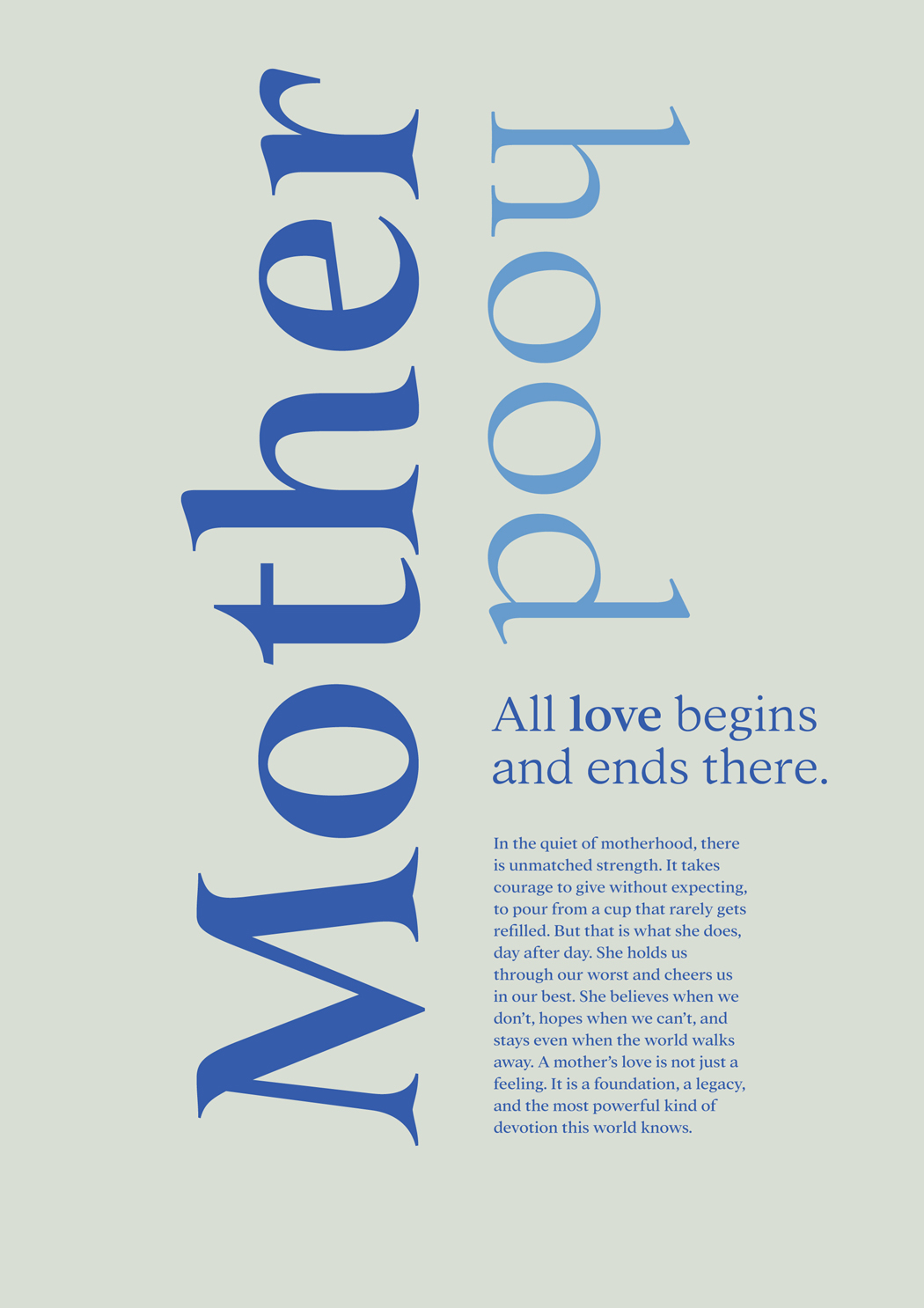 Hyena Nam | Motherhood | 2025
Hyena Nam | Motherhood | 2025
What is the most important lesson you aim to teach your design students?
There are many valuable lessons in design education, but one of the most important things I strive to teach my students is that a designer is not just a maker. A designer is a strategist who crafts effective visual communication with the potential to make a lasting impact on viewers.
While a solid understanding of design principles and proficiency in software tools is essential, I believe it is even more important to build the ability to generate innovative ideas that create value and have the potential to make a meaningful impact. I teach students a range of design research methodologies and strategies, and I encourage them to apply these insights thoughtfully throughout their creative process. My students are expected to conduct thorough research for each design problem in order to make informed visual decisions, rather than relying solely on intuition or instinct. They are constantly challenged to ask: Who am I designing for? What am I trying to achieve? Why am I making this particular design choice? This approach helps them grow as strategic, critical, and creative thinkers.
I also highlight that design is an iterative problem-solving process, not merely the creation of visually attractive artifacts. As technology and trends continue to evolve—especially with the rise of AI—the creative process has become more accessible. Today, almost anyone can produce design-like outputs. However, what distinguishes a competitive designer is the ability to generate innovative ideas and use technology as a tool, rather than relying on it.
Ultimately, I aim to teach my students how to orchestrate both ideas and technology to create meaningful and impactful design.
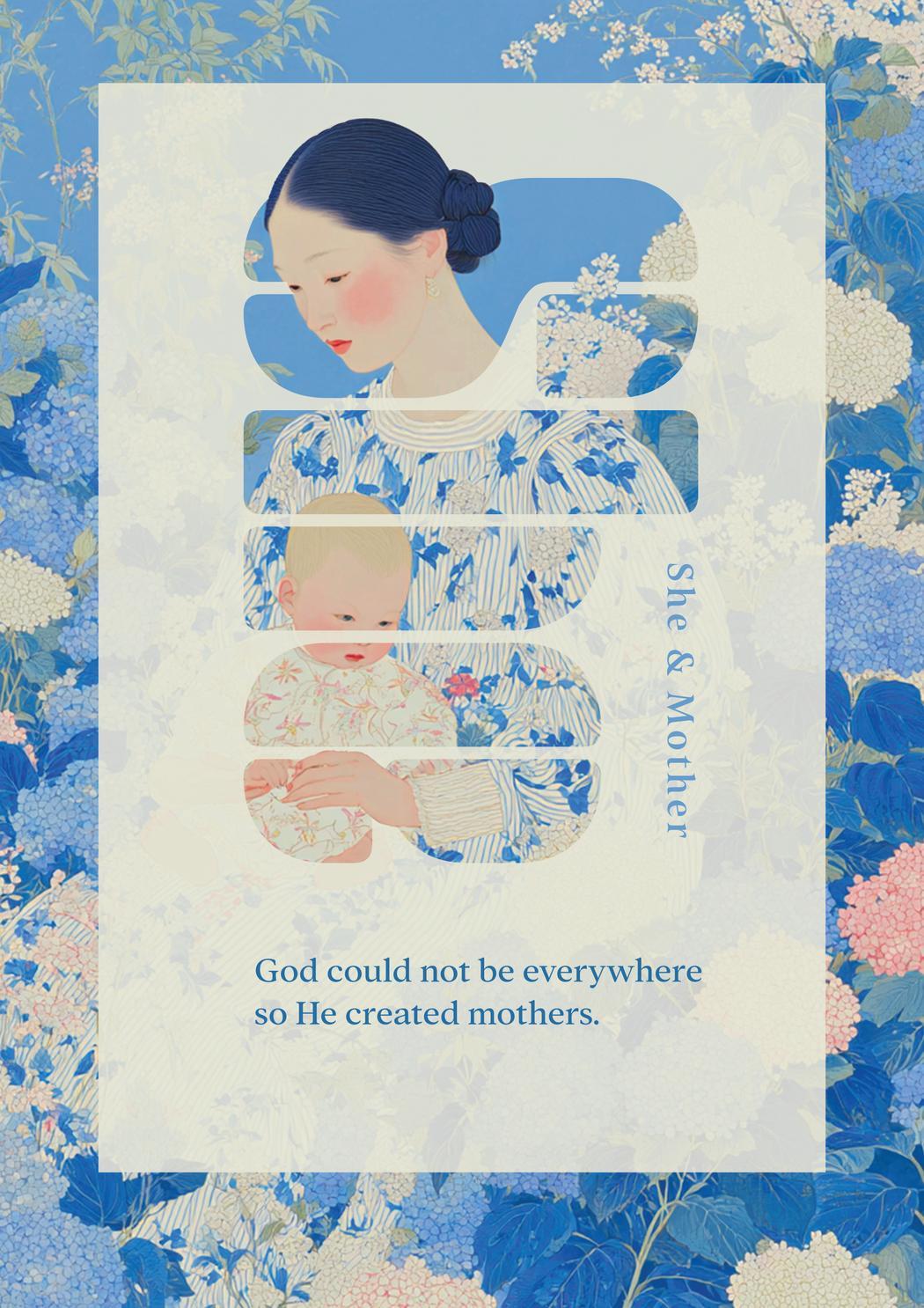 Hyena Nam | Motherhood | 2025
Hyena Nam | Motherhood | 2025
How has international recognition shaped your career and confidence as a designer?
Receiving international recognition has been both validating and empowering. The peer-reviewed nature of these awards and features has not only boosted my confidence in the quality of my work, but has also enhanced my credibility with clients and collaborators. Being acknowledged by respected global organizations has opened doors to new opportunities, from professional connections to client inquiries. These experiences have reaffirmed my commitment to design excellence and have motivated me to keep pushing creative boundaries on an international scale.
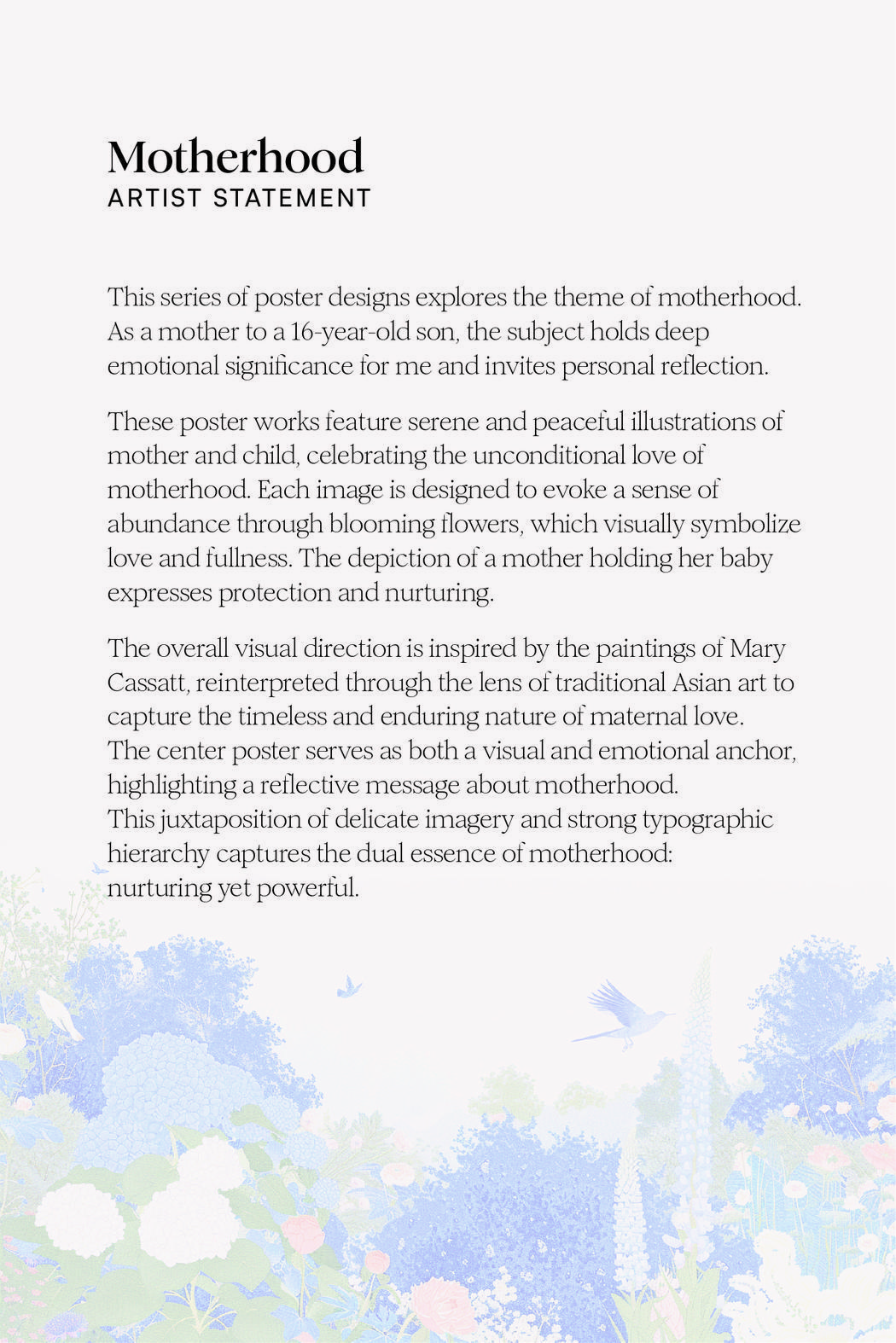 Hyena Nam | Motherhood | 2025
Hyena Nam | Motherhood | 2025
What advice would you give to emerging artists and designers who hope to combine commercial success with personal expression?
Stay true to your voice while remaining open to collaboration and adaptation. The most compelling creative work often comes from a place of authenticity, so don’t be afraid to infuse your personal values, stories, and aesthetic into what you create. At the same time, understand the needs of your audience or clients and find where your vision intersects with theirs. That balance is where impactful and marketable work thrives. Lastly, be patient—building both artistic identity and commercial viability takes time, experimentation, and resilience.

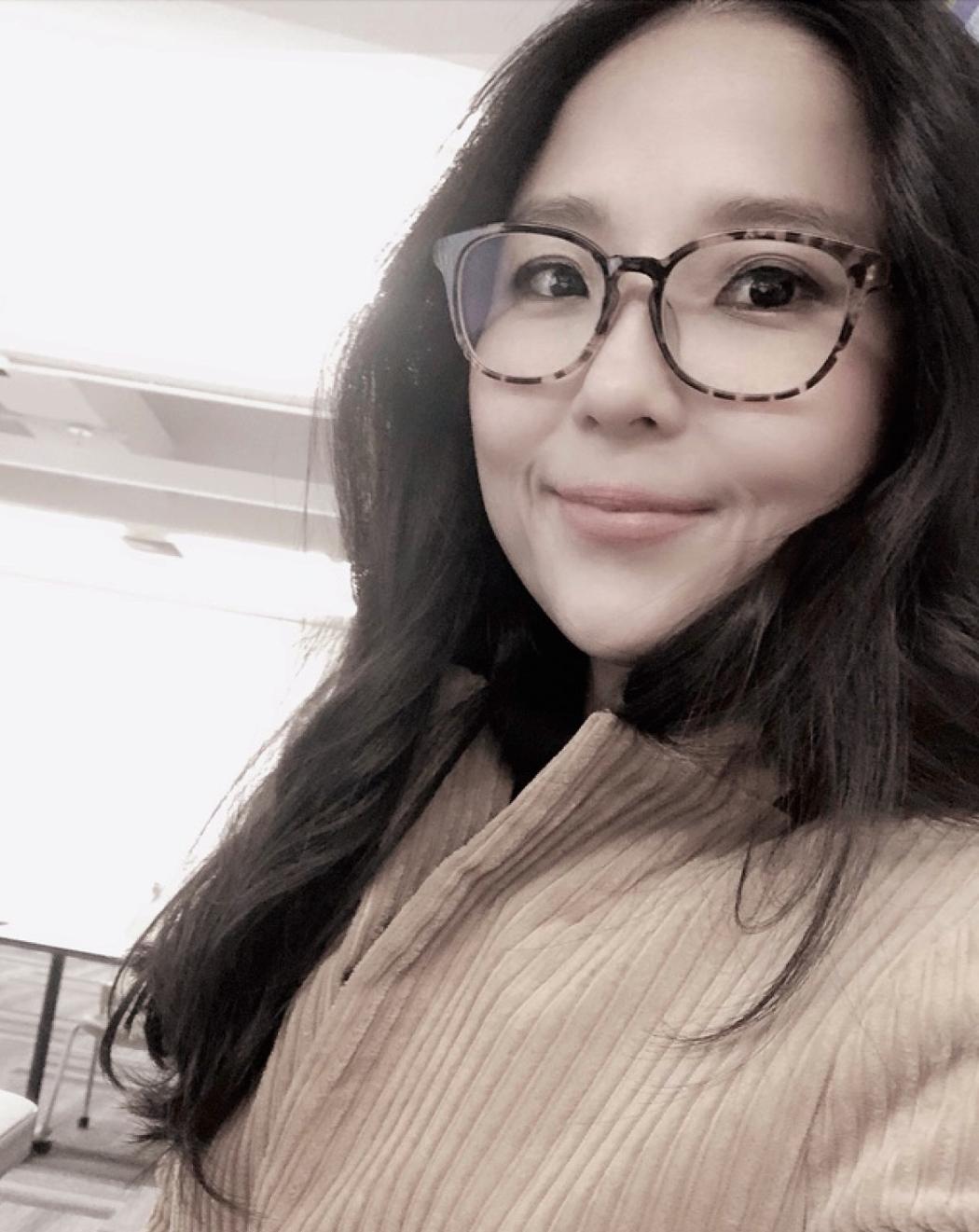
Leave a Reply